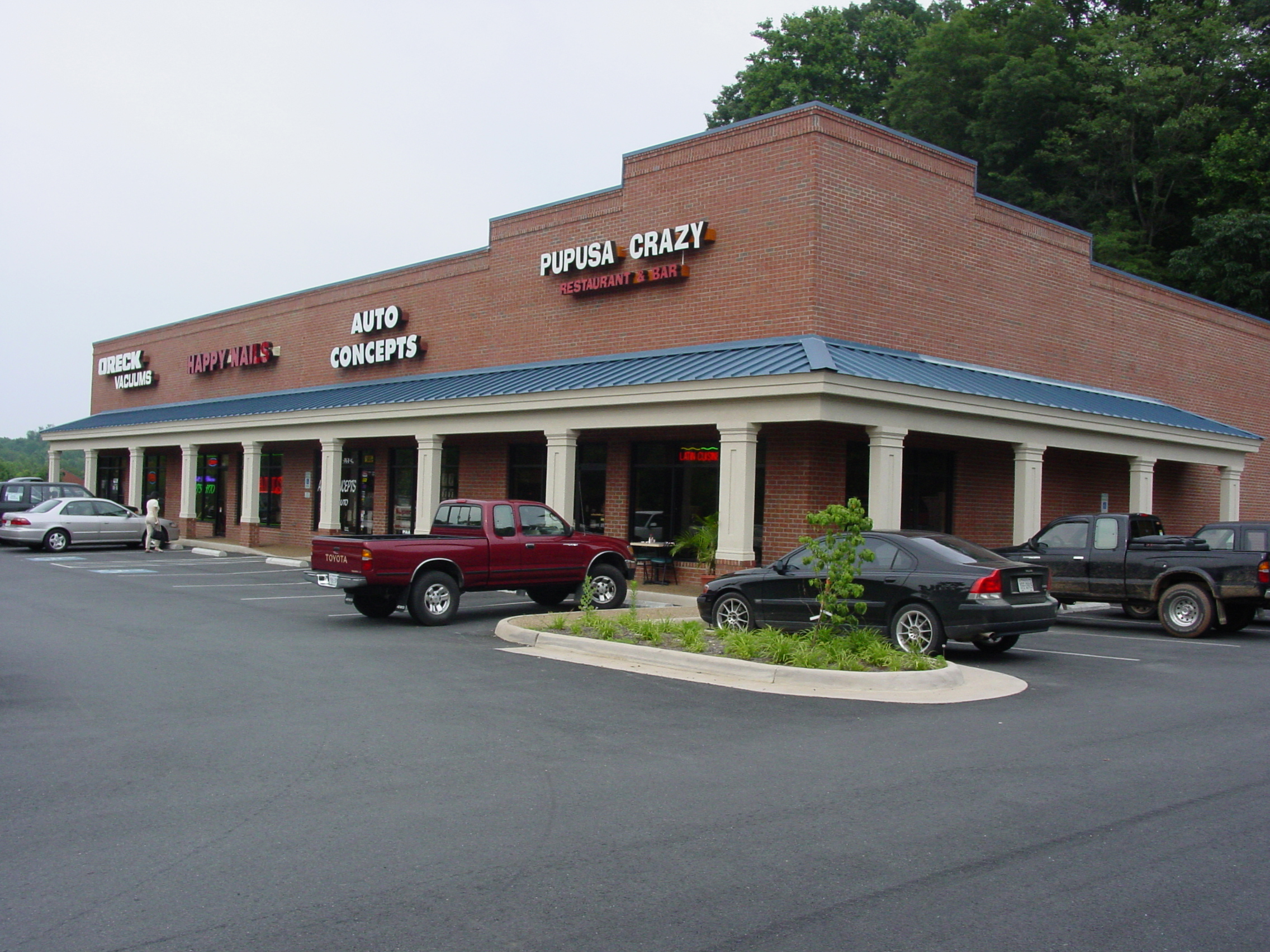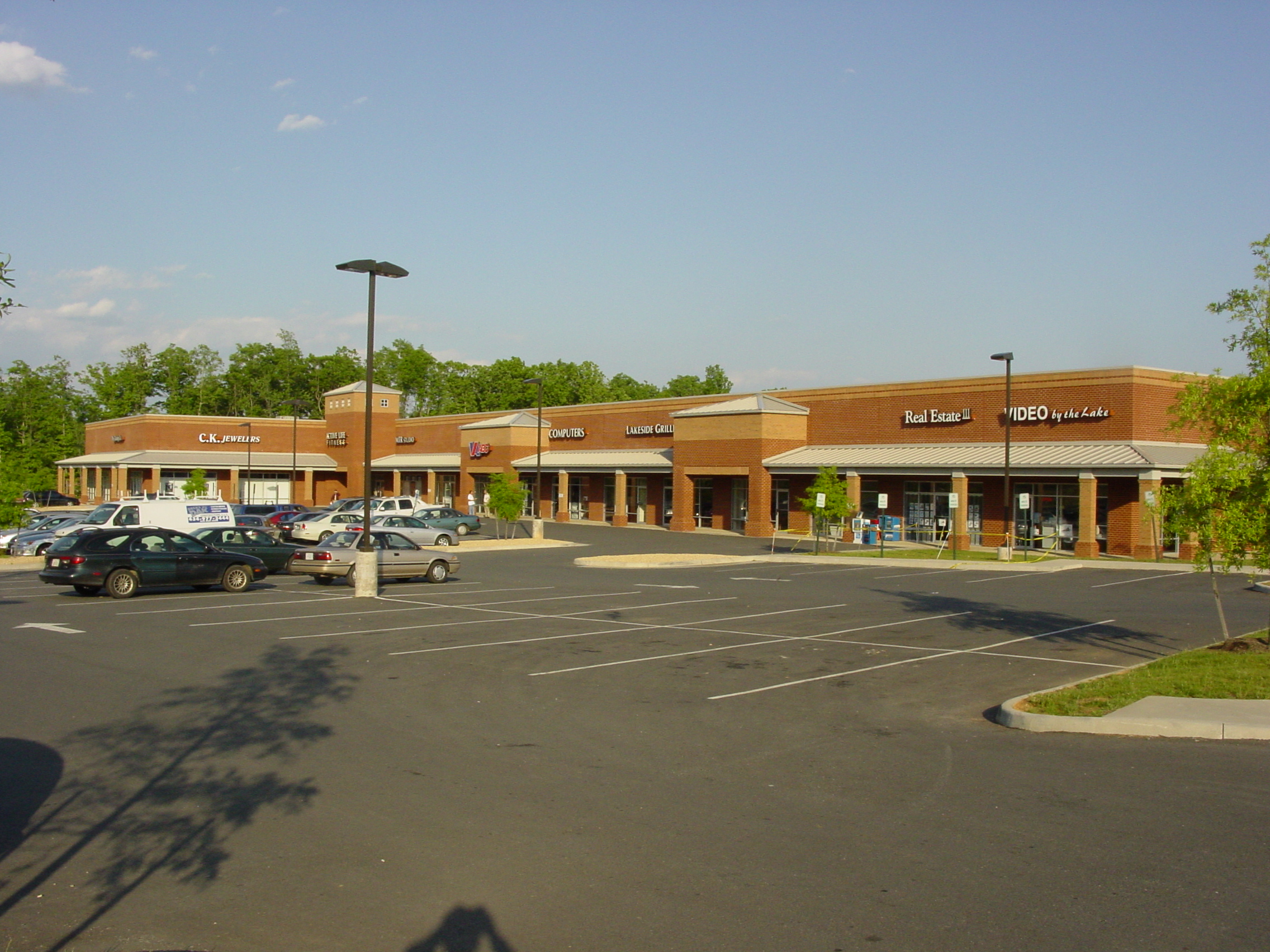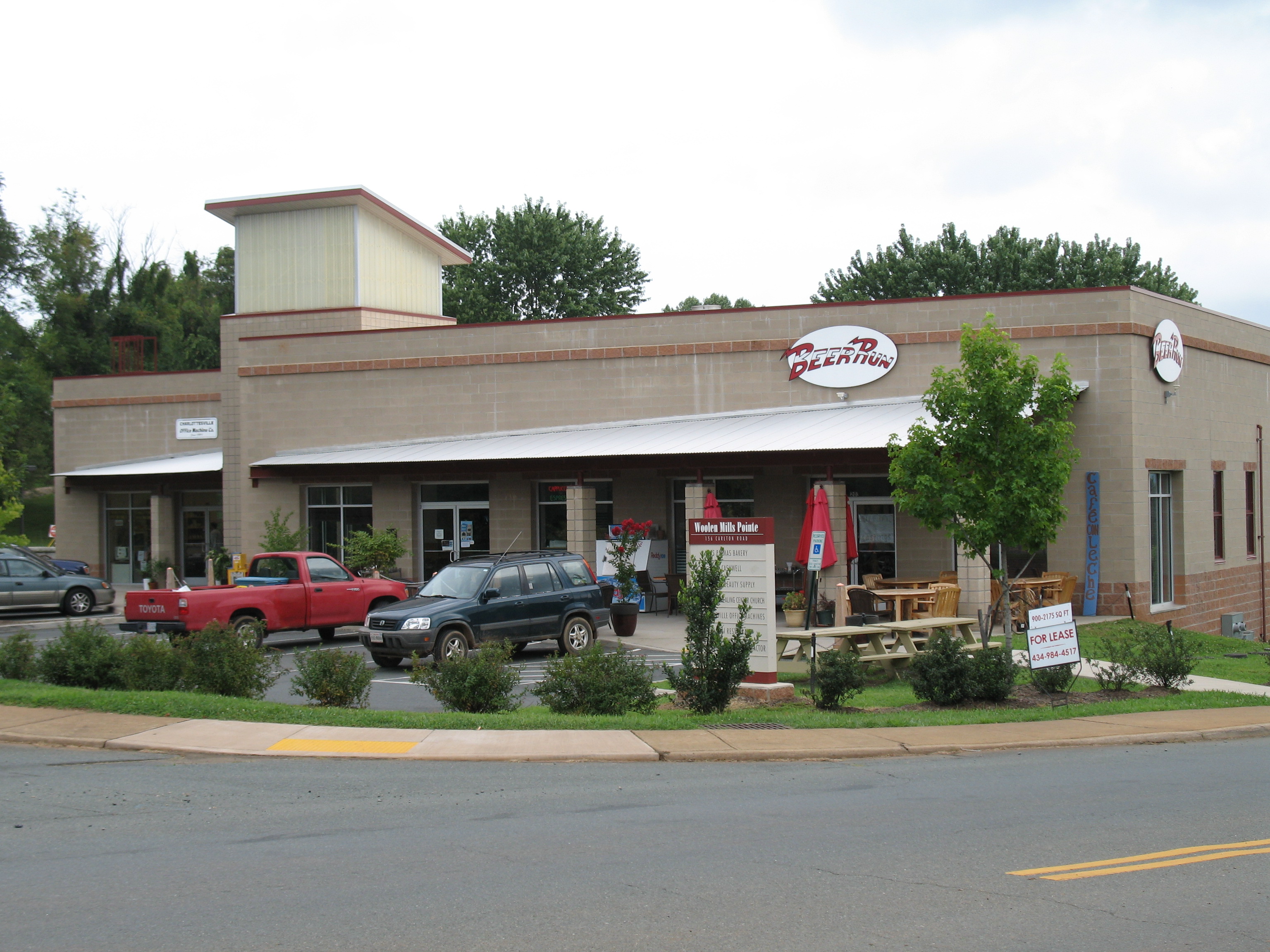Strip mall shopping centers need design to survive. A great shopping experience begins with a developer, a parcel of land, and an idea. Modern “car-friendly” strip malls became popular in the early 1920s in the United States. The primary focus was a large parking lot with “anchor stores” to attract the customers all to one easy convenient location. This model has not really changed over the years yielding many neighborhood centers where you can easily get your groceries, a few odds and ends, and occasionally a locally owned restaurant. These car-friendly destinations offer a huge value as neighborhood centers – the problem is that is not how they were designed. They do not serve as neighborhood centers, but rather offer very little value to the neighborhood or to the shopping experience. Those that are not adapting are slowly dying leaving large swaths of parking lots, empty storefronts, and developers wondering how to turn things around.

There was never much attention paid to the architecture of these strip shopping centers. The stores (and their signs) were left to figure out how to attract customers through marketing louder and louder. Convenient car parking ruled the day and kept the storefronts filled. The idea of designing a center that allows for layers of discovery and separation from the parking was not considered. Pedestrian circulation was ignored as well as alternate forms of transportation. Stores are narrow and deep with no natural light.

We are now seeing developers that are focused on making the shopping experience more than just an anchor store and convenient parking. Attention to architectural details, outdoor gathering spaces, landscaping, and breaking up the parking into pedestrian-friendly zones are bringing some shopping areas to the front as destinations. Customers are seeking out places to go where they can have a good shopping experience. It is up to the developer to start that impression from the time the customer arrives at the shopping center to the time they enter the store/restaurant. This is impacted directly by design. Just slapping traditional elements on a “big box” is not enough. Careful thought and planning are required to make your project successful.





